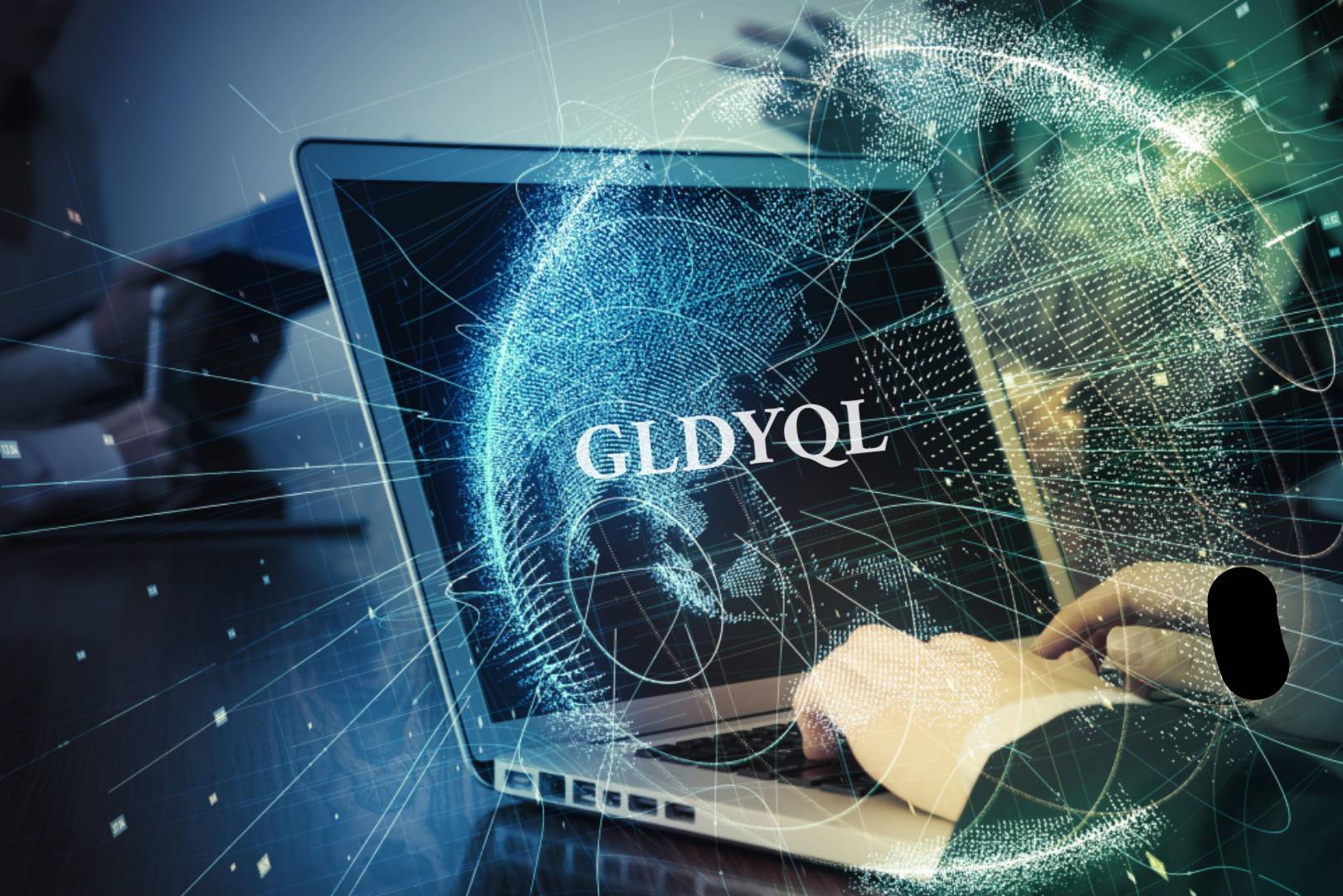The evolution of artificial intelligence (AI) has reached a pivotal moment in 2025, where AI agents—autonomous, decision-making entities—are moving from theoretical constructs to practical, high-impact systems embedded in enterprise workflows. These AI agents are not just intelligent software tools; they are complex systems capable of perceiving, reasoning, learning, and acting independently in dynamic environments.
This article provides a comprehensive and in-depth explanation of AI agent architecture, explores the frameworks that support them, dives into principles of autonomous design, and examines how industries are leveraging them to reshape operations and strategy.
Table of Contents
1. What Is an AI Agent?
An AI agent is a software system that can autonomously sense its environment, interpret information, make decisions, and take actions to achieve defined goals. Unlike static scripts or traditional automation tools, AI agents are designed to adapt and optimize their behavior over time based on outcomes.
There are several types of agents, including:
Reactive Agents – Respond instantly to stimuli without internal representation or long-term memory.
Deliberative Agents – Use symbolic reasoning and internal models to plan actions.
Hybrid Agents – Combine reactive and deliberative models for real-world adaptability.
Collaborative Agents – Communicate and coordinate with other agents or humans.
The agent operates on the Sense–Think–Act cycle, continually interacting with its environment.
2. Core Components of AI Agent Architecture
AI agent architecture provides the foundation for how an agent processes information, makes decisions, and executes actions. Here’s a breakdown of its essential components:
2.1 Perception Layer
This layer allows the agent to gather inputs from the external world. These inputs may come in the form of:
Sensor data (e.g., from IoT devices)
Web APIs
Textual information (emails, chats, documents)
Speech or visual data (via NLP or computer vision)
Technologies involved include natural language processing (NLP), optical character recognition (OCR), speech-to-text, and image classification.
2.2 Reasoning and Planning Module
This is the “brain” of the agent. It interprets the data gathered from perception and determines a course of action.
Key capabilities include:
Rule-based decision making
Probabilistic reasoning
Reinforcement learning
Logic-based inference
LLM-based Chain-of-Thought reasoning
Monte Carlo Tree Search (MCTS) for decision trees
This module enables agents to make context-aware decisions and plan multi-step strategies.
2.3 Memory and Knowledge Base
An agent must remember context to function autonomously over time.
Components include:
Short-term memory: Holds session-level data.
Long-term memory: Stores historical interactions and domain knowledge.
Knowledge graphs: Represent relationships between concepts.
Vector databases: Enable semantic retrieval for unstructured data.
Memory supports context preservation, learning from experience, and grounding decisions in prior outcomes.
2.4 Execution Engine
The execution layer allows the agent to interact with the world.
Capabilities include:
API calls (for task completion or data extraction)
Web automation (form filling, navigation)
System commands (triggering workflows or backend services)
Robotics control (in physical systems)
Agents often use tool selection mechanisms, deciding when and how to call external tools based on goals.
2.5 Feedback and Learning Loop
A defining characteristic of an AI agent is its ability to learn.
Agents analyze feedback from their actions using:
Reward-based learning (e.g., reinforcement learning)
Error analysis and correction
User feedback loop integration
Fine-tuning LLM responses over time
This module improves decision-making accuracy and aligns behavior with user expectations or business outcomes.
3. Frameworks Supporting AI Agent Development
In 2025, several open-source and enterprise-grade frameworks facilitate the creation of AI agents. These platforms help with orchestrating tasks, chaining tools, managing memory, and handling multi-agent coordination.
3.1 LangChain
A modular framework designed for chaining LLMs with external tools, memory, and decision logic. It’s useful for building both reactive and deliberative agents.
3.2 AutoGPT and BabyAGI
Open-source experimental frameworks demonstrating autonomous task execution. They recursively plan, call tools, and re-prioritize based on results—useful for research and prototyping.
3.3 HALO
An advanced architecture using Monte Carlo Tree Search and hierarchical planning. Ideal for agents tackling multi-step problems like coding or scientific simulations.
3.4 CrewAI and AgentVerse
These frameworks enable multi-agent collaboration, where agents assume distinct roles (e.g., planner, executor, validator) to complete complex workflows.
3.5 Enterprise Architectures
Proprietary systems from companies like OpenAI, Google DeepMind, and Microsoft implement secure, scalable agent frameworks integrated into cloud ecosystems and productivity tools.
4. Principles of Autonomous Design
Designing an autonomous AI agent goes beyond code. It requires careful attention to:
4.1 Goal-Oriented Behavior
Agents must be able to interpret and pursue complex objectives. This involves dynamic goal decomposition—breaking large tasks into smaller, manageable sub-tasks.
4.2 Situational Awareness
An agent must be aware of:
Its own capabilities and limitations
Environmental changes
Historical context of its actions
4.3 Tool Use
Modern agents integrate APIs, databases, software tools, or physical devices as extensions of themselves. Effective agents must know which tool to use and when.
4.4 Self-Monitoring
Autonomous agents should continuously evaluate their performance and detect:
Task failures
Misunderstandings
Unexpected outcomes
This leads to safer and more reliable operation.
4.5 Explainability
Enterprises demand explainable agents—especially in regulated industries. Decisions should be auditable and traceable, often using symbolic reasoning or structured logging.
5. Business Use Cases of AI Agents in 2025
AI agents are no longer proof-of-concept. They are driving impact across multiple domains.
5.1 Customer Support
Agents operate 24/7 across channels (voice, chat, email). They:
Answer FAQs
Handle returns or claims
Escalate complex issues
Monitor sentiment in real time
5.2 Sales and Marketing
AI agents personalize campaigns, write targeted content, and even initiate outbound communication based on buyer signals.
5.3 Healthcare
Agents assist with:
Clinical documentation
Appointment scheduling
Patient follow-ups
Insurance processing
They reduce cognitive overload on clinicians and improve patient engagement.
5.4 Finance and Insurance
Agents perform:
KYC onboarding
Risk assessment
Claims processing
Portfolio optimization
They analyze data faster than human analysts, reducing operational risk.
5.5 Manufacturing and Supply Chain
In industrial settings, agents:
Monitor machine health (predictive maintenance)
Optimize logistics routes
Reorder inventory
Simulate production scenarios
This reduces downtime and enhances supply chain agility.
6. Challenges in AI Agent Deployment
Despite rapid advancement, AI agents face several challenges:
6.1 Hallucination and Inaccuracy
LLM-based reasoning can produce false or misleading outputs. Without guardrails, agents may make poor decisions.
6.2 Security and Safety
Agents with tool access pose security risks:
Unauthorized actions
Prompt injection
Over-permissioned integrations
Security-by-design is critical.
6.3 Compliance and Governance
Especially in healthcare and finance, agents must comply with:
GDPR
HIPAA
SOC 2
This demands traceability, audit logs, and human-in-the-loop mechanisms.
6.4 Integration with Legacy Systems
Agents must work with existing enterprise software. This requires robust APIs, middleware, and data normalization strategies.
7. The Future of Agentic Systems
The future of AI is increasingly agentic, where complex systems are built from interoperable, semi-autonomous agents.
Trends shaping this evolution include:
Multi-agent orchestration: Systems with planners, executors, validators, and critics working together.
Agent marketplaces: Platforms where agents are published, rented, or licensed.
Standardized communication protocols: Such as Agent-to-Agent (A2A) communication, enabling collaborative AI ecosystems.
Governed autonomy: Agents operate within business-defined ethical and operational boundaries.
Conclusion
AI agents in 2025 are no longer experimental—they are foundational. With architectures that enable sensing, reasoning, and autonomous action, and with the support of frameworks that streamline development, agents are driving digital transformation across industries.
Their success depends on thoughtful design, enterprise integration, and governance frameworks. Businesses that embrace agentic systems today are not just automating tasks—they are preparing for a new era of intelligent, self-directed workflows that redefine productivity, creativity, and scalability.












